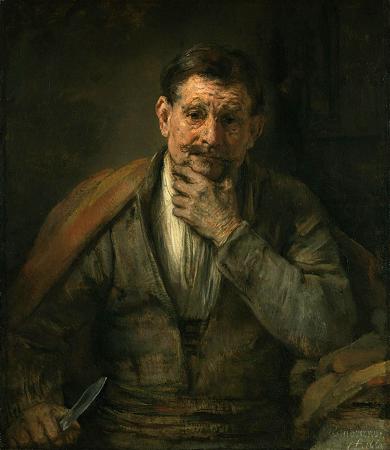Saint Bartholomew. Bartholomew was one of the twelve apostles of Jesus according to the New Testament. He has also been identified as Nathanael or Nathaniel, who appears in the Gospel of John when introduced to Jesus by Philip,* although many modern commentators reject the identification of Nathanael with Bartholomew. According to the Synaxarium of the Coptic Orthodox Church of Alexandria, Bartholomew's martyrdom is commemorated on the first day of the Coptic calendar, which currently falls on September 11. Eastern Christianity honours him on June 11 and the Catholic Church honours him on August 24. The Church of England and other Anglican churches also honour him on August 24. The Armenian Apostolic Church honours Saint Bartholomew along with Saint Thaddeus as its patron saints. Bartholomew English for Bar Talmai comes from the Aramaic: bar-Tolmay native to Israel son of Talmai orson of the furrows. Bartholomew is listed among the Twelve Apostles of Jesus in the three synoptic gospels: Matthew, Mark, and Luke, and also appears as one of the witnesses of the Ascension; on each occasion, however, he is named in the company of Philip. He is not mentioned by the name Bartholomew in the Gospel of John, nor are there any early acta, the earliest being written by a pseudepigraphical writer, Pseudo-Abdias, who assumed the identity of Abdias of Babylon and to whom is attributed the Saint-Thierry and Pseudo-Abdias manuscripts. In art Bartholomew is most commonly depicted with a beard and curly hair at the time of his martyrdom. According to legends he was skinned alive and beheaded so is often depicted holding his flayed skin or the curved flensing knife with which he was skinned. In the East, where Bartholomew's evangelical labours were expended, he was identified as Nathanael, in works by Abdisho bar Berika, the 14th century Nestorian metropolitan of Soba, and Elias, the bishop of Damascus. Nathanael is mentioned only in the Gospel of John. In the Synoptic Gospels, Philip and Bartholomew are always mentioned together, while Nathanael is never mentioned; in John's gospel, on the other hand, Philip and Nathanael are similarly mentioned together. Giuseppe Simone Assemani specifically remarks, the Chaldeans confound Bartholomew with Nathaniel. Some Biblical scholars reject this identification, however. Eusebius of Caesarea's Ecclesiastical History states that after the Ascension, Bartholomew went on a missionary tour to India, where he left behind a copy of the Gospel of Matthew. Other traditions record him as serving as a missionary in Ethiopia, Mesopotamia, Parthia, and Lycaonia.Popular traditions and legends say that Bartholomew preached the Gospel in India, then went to Greater Armenia. Two ancient testimonies exist about the mission of Saint Bartholomew in India. These are of Eusebius of Caesarea and of Saint Jerome. Both of these refer to this tradition while speaking of the reported visit of Pantaenus to India in the 2nd century. The studies of Fr A.C. Perumalil SJ and Moraes hold that the Bombay region on the Konkan coast, a region which may have been known as the ancient city Kalyan, was the field of Saint Bartholomew's missionary activities. Along with his fellow apostle Jude Thaddeus, Bartholomew is reputed to have brought Christianity to Armenia in the 1st century. Thus, both saints are considered the patron saints of the Armenian Apostolic Church. One tradition has it that Apostle Bartholomew was executed in Albanopolis in Armenia. According to popular hagiography, the apostle was flayed alive and beheaded. According to other accounts he was crucified upside down like St. Peter. He is said to have been martyred for having converted Polymius, the king of Armenia, to Christianity. Enraged by the monarch's conversion, and fearing a Roman backlash, king Polymius's brother, prince Astyages, ordered Bartholomew's torture and execution, which Bartholomew endured. However, there are no records of any Armenian King of the Arsacid dynasty of Armenia with the name Polymius. Current scholarship indicates that Bartholomew more likely died in Kalyan in India, where there was an official named Polymius. The 13th-century Saint Bartholomew Monastery was a prominent Armenian monastery constructed at the site of the martyrdom of Apostle Bartholomew in Vaspurakan, Greater Armenia. The 6th-century writer in Constantinople, Theodorus Lector, averred that in about 507, the Byzantine emperor Anastasius I Dicorus gave the body of Bartholomew to the city of Daras, in Mesopotamia, which he had recently refounded.
more...










